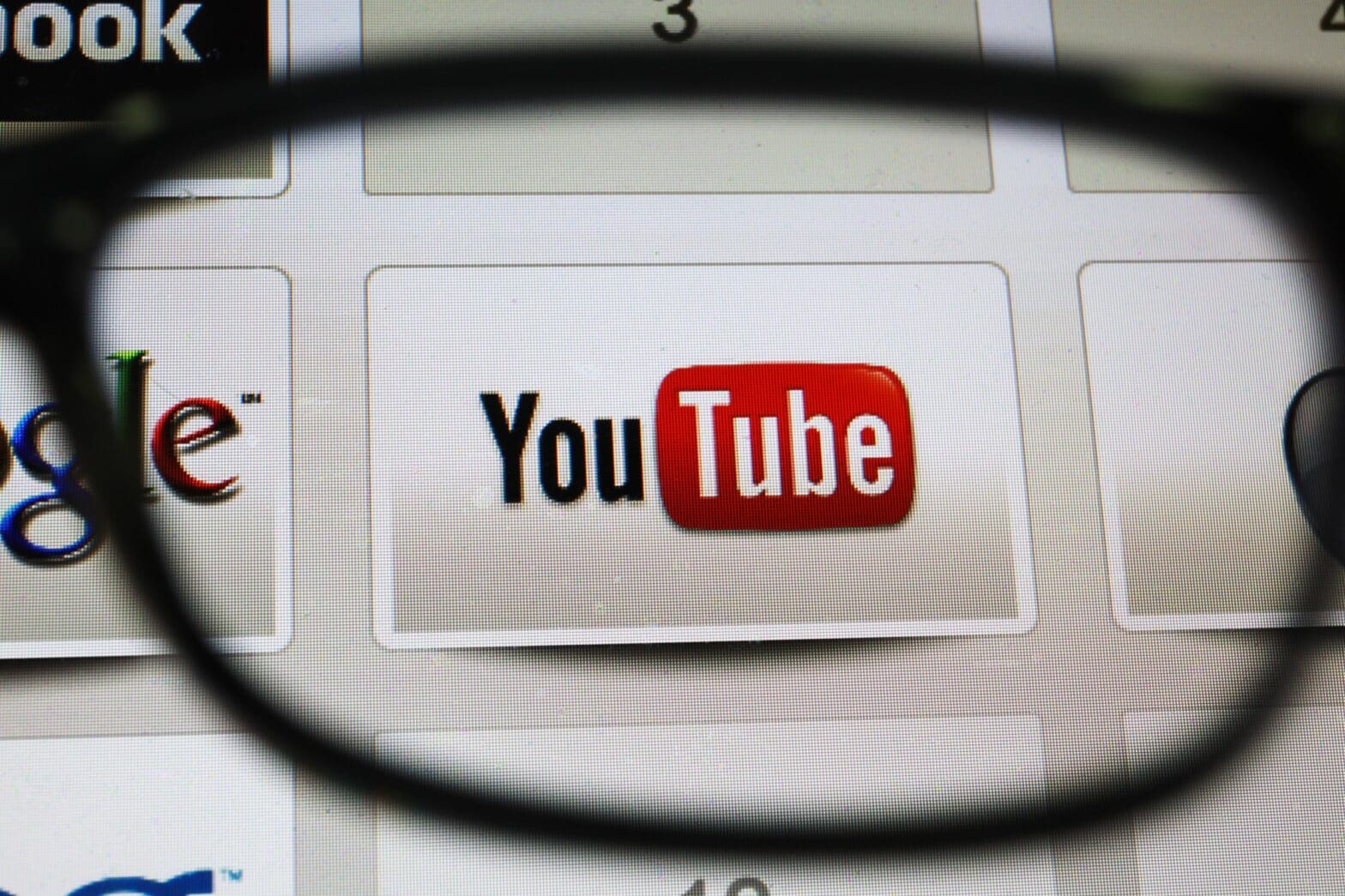YouTube has the potential to get your content in front of millions of viewers, but with so much content competing for attention, it’s hard to get noticed.
As a creator, the challenge is to stand out. The way to stand out is to understand YouTube and viewer behavior; to research, create, optimize, and promote your videos in a way that viewers love and that YouTube understands.
Watch time is one of the most critical metrics that YouTube uses to determine the value and relevance of a video.
It is the primary factor that YouTube’s algorithm uses to rank videos in search results, recommendations, and the trending section. This means that the more watch time a video receives, the higher it will rank on YouTube, resulting in more views, engagement, and subscribers.
What is watch time, and why is it so crucial?
Because it represents the level of engagement, a viewer has with a video. The longer a viewer watches a video, the more they are interested in the content, which means the video delivers value to the viewer. This results in increased engagement, such as likes, comments, shares, and subscriptions, all factors that YouTube’s algorithm considers when ranking videos.
Improving watch time is essential for creators who want to grow their channels and reach a wider audience.
Understanding How YouTube Works
So let’s start out by understanding how YouTube works from a content creator perspective.
YouTube is the world’s largest video-sharing platform. It boasts billions of active users and millions of hours of video content. YouTube’s famous (or infamous?) machine learning algorithms selectively surface content to viewers.
YouTube’s Recommendations algorithm highlights content based on the viewer’s habits and interests. YouTube has a vested interest in keeping people watching and coming back. Analyzing data on content, user behavior, engagement patterns, etc., the algorithm makes recommendations personalized to the individual.
YouTube ingests over 80 billion bits of information about user behavior every day, and accordingly, its algorithms get smarter every day.
Key factors YouTube’s algorithms consider include:
- Watch History: Which videos a user has watched is probably the best indicator of which videos a viewer will watch.
- Engagement: Likes, dislikes, comments, and shares all speak to engagement, and YouTube will recommend videos with similar engagement patterns.
- Search History: A viewer’s search history obviously says a lot about what content they’re interested in.
- Watch Time: YouTube will recommend content based on how long an individual user typically engages.
- Related Videos: Videos that are directly related to the video, topic, or category the viewer is engaging.
- Trending Topics: YouTube looks at the latest trending topics and recommends videos that are related to those topics.
- Location and Language: YouTube weighs recommendations based on the individual viewer’s geography, language, and culture.
All of these points and more are factored into YouTube Recommendations: personalized content recommendations unique to each viewer. You can learn more about the algorithm in this video:
As YouTube viewers, we find content that matches our interests (thanks, YouTube!) As YouTube creators, we need to figure out how our content fits into the mix and how to use the recommendations algorithm to our advantage. Read on.
Watch Time – YouTube’s Top Ranking Factor
Watch time is the biggest single factor used to rank videos in search results, recommendations, and the trending section. The more watch time a video receives, the higher it will rank on YouTube, resulting in more views, engagement, and subscribers.
Watch time is the best measure of how engaged a viewer is with a video. It’s simple: the longer they watch, the more interested they are, which means the video is delivering value. There’s a correlated increase in likes, comments, shares, subscriptions, and other engagement metrics, which also factor into how YouTube ranks and recommends videos.
For creators, watch time — both total minutes watched and as a percentage relative to total video time — is the most essential metric to grow their channel and reach a wider audience. Focus on increasing watch time, and you’re onto a winning formula.
